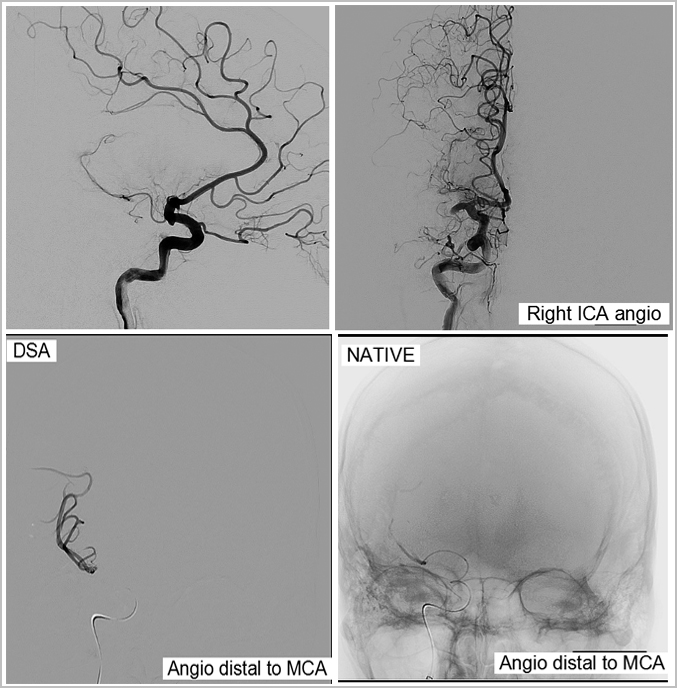Stroke Management
- Home
- Stroke Management
Effective treatment of stroke can prevent long-term disability and save lives. The specific treatments recommended depend on whether a stroke is caused by a blood clot obstructing the flow of blood to the brain (ischaemic stroke) or by bleeding in or around the brain (hemorrhagic stroke). Treatment will usually involve taking one or more different medications, although some people may also need surgery.
Doctors sometimes treat ischemic strokes with procedures that must be performed as soon as possible, depending on features of the blood clot:
A) Medications delivered directly to the brain:
B) Mechanical clot removal:


Doctors may use a catheter to manoeuvre a tiny device into your brain to physically break up or grab and remove the clot. This is known as mechanical thrombectomy.
C) Surgery for hemorrhagic stroke:
Your doctor may recommend one of these procedures after a stroke or if an aneurysm or arteriovenous malformation (AVM) or other type of vascular malformation caused your hemorrhagic stroke:
- Surgical clipping: A surgeon places a tiny clamp at the base of the aneurysm, to stop blood flow to it. This clamp can keep the aneurysm from bursting, or it can prevent re-bleeding of an aneurysm that has recently haemorrhaged.
- Coiling (endovascular embolization): In this procedure, a surgeon inserts a catheter into an artery in your groin and guides it to your brain using X-ray imaging. Your surgeon then guides tiny detachable coils into the aneurysm (aneurysm coiling). The coils fill the aneurysm, which blocks blood flow into the aneurysm and causes the blood to clot.
- Surgical Arteriovenous Malformation removal: Surgeons may remove a smaller AVM if it’s located in an accessible area of your brain, to eliminate the risk of rupture and lower the risk of hemorrhagic stroke. However, it’s not always possible to remove an AVM if its removal would cause too large a reduction in brain function, or if it’s large or located deep within your brain.
Doctors may insert a long, thin tube (catheter) through an artery in your groin and thread it to your brain to deliver medication directly into the area where the stroke is occurring. This is called as intra-arterial thrombolysis.
